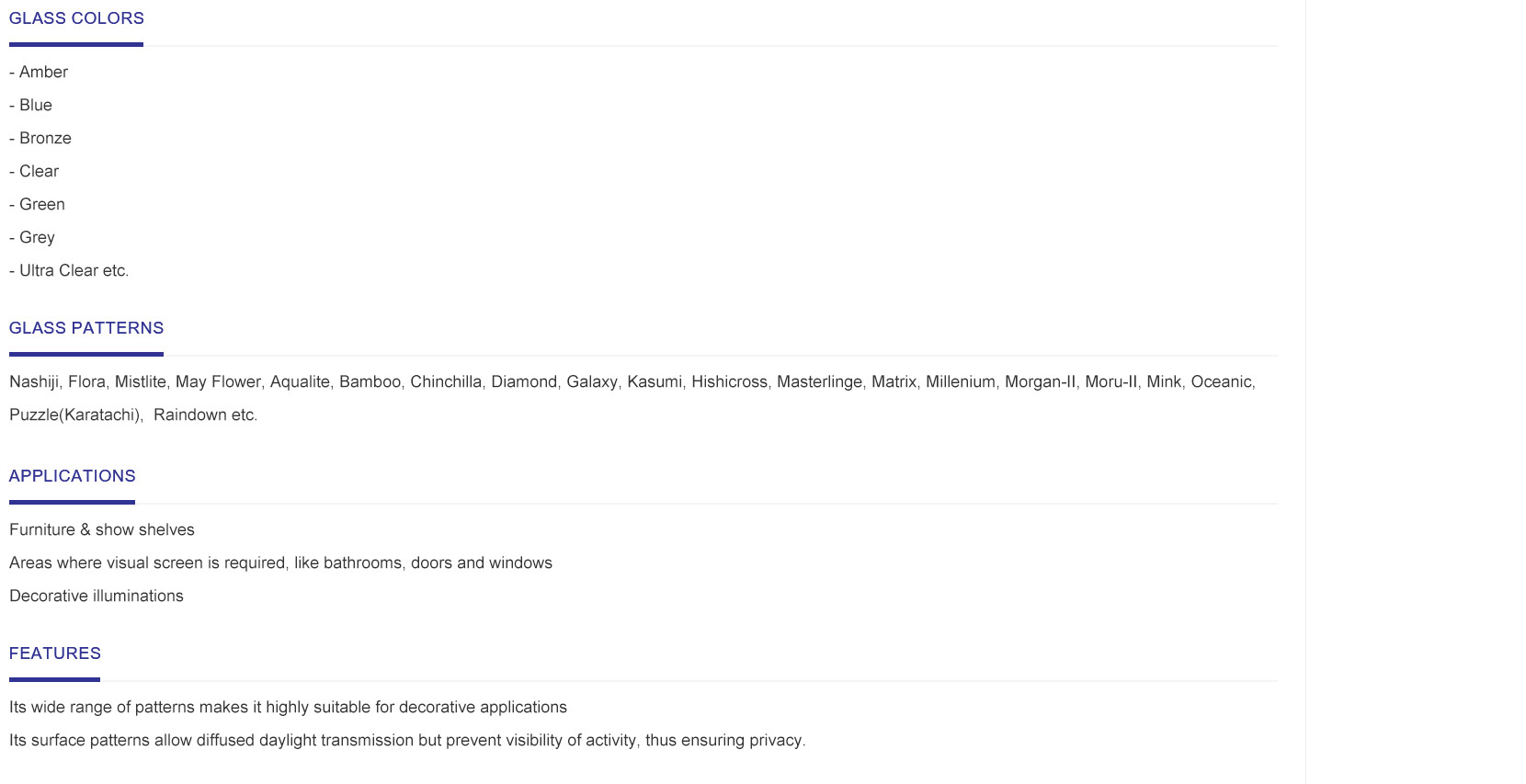

The Advantages and Applications of Reflective Tinted Glass
Reflective tinted glass has become increasingly popular in modern architecture and design due to its myriad benefits and applications. This specialized glass not only enhances aesthetic appeal but also offers practical advantages such as energy efficiency and privacy. Understanding the features and advantages of reflective tinted glass can help homeowners, architects, and builders make informed decisions regarding its use.
Enhanced Aesthetic Appeal
One of the primary reasons for the rising popularity of reflective tinted glass is its striking aesthetic appeal. The reflective quality of the glass creates a sleek and contemporary look that is highly sought after in both residential and commercial buildings. When sunlight hits the surface, it reflects light and creates a shimmering effect, contributing to a modern architectural design. Various tint options are available, allowing for customization to match a building’s exterior or to create a desired ambiance. This versatility makes reflective tinted glass an ideal choice for facades, windows, and even interior partitions.
Energy Efficiency
Another significant advantage of reflective tinted glass is its ability to enhance energy efficiency. This type of glass is designed to reflect solar energy, which reduces heat absorption within a building. As a result, it helps maintain a consistent indoor temperature, reducing the reliance on air conditioning systems during hot weather. Consequently, buildings that incorporate reflective tinted glass can experience lower energy bills and a reduced carbon footprint. In addition to energy savings, this glass type helps to regulate natural light, ensuring that indoor spaces remain well-lit without excessive glare or heat.
Privacy and Security

Reflective tinted glass also provides enhanced privacy without sacrificing natural light. The reflective surface makes it difficult for outsiders to see into the building during the day while allowing occupants an unobstructed view of the outside. This feature is particularly beneficial for office buildings, hotels, and residential properties located in densely populated areas. Furthermore, the added layer of reflection can deter potential intruders, providing a level of security that contributes to the overall safety of the building.
UV Protection
An often-overlooked benefit of reflective tinted glass is its ability to block harmful ultraviolet (UV) rays. Prolonged exposure to UV rays can cause significant damage to furniture, flooring, and artwork, leading to fading and deterioration. By incorporating reflective tinted glass into windows and facades, property owners can protect their interiors from UV damage, thus prolonging the lifespan of their belongings and reducing the need for replacement.
Environmental Impact
The environmental benefits of reflective tinted glass extend beyond individual buildings. By reducing energy consumption and promoting energy efficiency, this glass type contributes to minimizing overall greenhouse gas emissions. As more buildings adopt reflective tinted glass, the collective impact can lead to a significant reduction in energy demand, aiding efforts toward sustainability and environmental protection.
Conclusion
Reflective tinted glass is more than just a stylish design choice; it offers a wealth of advantages that cater to the needs of modern living and architecture. From enhancing aesthetic appeal to improving energy efficiency and privacy, the versatility of this glass type makes it suitable for a wide range of applications. As the demand for sustainable and stylish building materials continues to rise, reflective tinted glass is poised to play a crucial role in shaping the future of architectural design. Embracing this innovative solution can lead to not only visually striking buildings but also more efficient and environmentally friendly spaces.